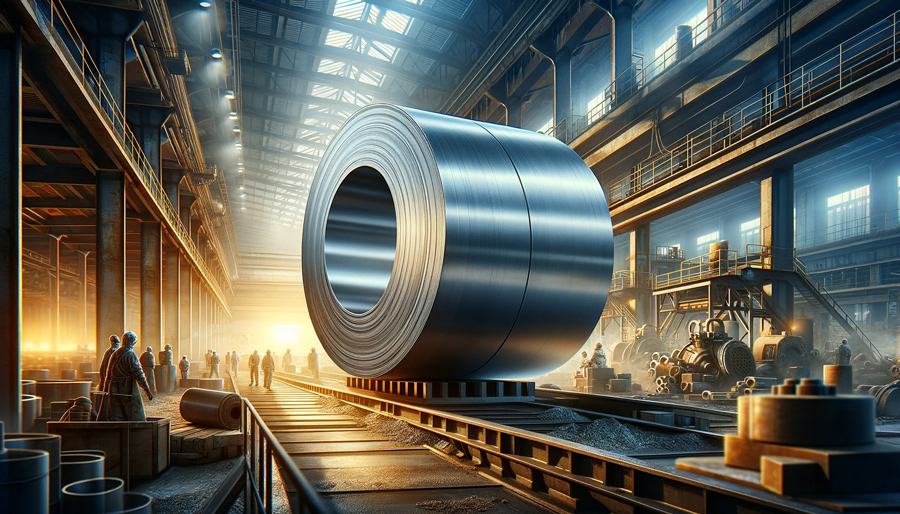Stainless Steel in the Food Industry: Types, Applications and Advantages
Introduction
In the dynamic world of the food industry, the selection of materials used for manufacturing equipment is crucial. The need to maintain high hygiene standards, while ensuring durability and efficiency, makes stainless steel a predominant choice. This article explores the different varieties of stainless steel, their specific application in the food industry, and the reasons for their growing popularity.

The Properties of Stainless Steel
Stainless steel is a metal alloy known for its remarkable resistance to corrosion, an essential property in an environment where humidity and temperature variations are commonplace. Its robustness and longevity make it a lasting investment for food processing equipment. In addition, its non-porous surface facilitates cleaning and disinfection, thus reducing the risk of cross-contamination between foods.
The Different Types of Stainless Steel
Austenitic Stainless Steel (Type 304, 316)
Austenitic stainless steel, particularly types 304 and 316, is most commonly used in the food industry. Its composition containing nickel and chromium gives it great resistance to corrosion and excellent formability. Type 316, with its addition of molybdenum, provides increased resistance in more aggressive environments, such as those exposed to saline solutions.
Ferritic and Martensitic Stainless Steel
These steels, less expensive but also less resistant to corrosion than austenitics, find their use in specific applications where heat resistance is a priority. Their lower nickel content also makes them interesting from an economic point of view.
Duplex stainless steel
Duplex stainless steel combines the properties of austenitic and ferritic steels, providing superior corrosion resistance and increased mechanical strength. It is increasingly favored for equipment subjected to extreme conditions.
Selection Criteria for Stainless Steel in the Food Industry
Choosing the appropriate stainless steel for a specific food industry application depends on several factors. Primary criteria include the type of food contact, required resistance to high temperatures, and cleaning and disinfection procedures. International standards, such as ISO and local regulations, provide guidelines to ensure equipment safety and compliance.
Maintenance and Durability of Stainless Steel in the Food Industry
Maintaining stainless steel is essential to maintain its properties and extend its lifespan. Regular cleaning with suitable detergents and periodic inspection for possible corrosion is recommended. These maintenance practices prevent food contamination and ensure proper operation of equipment.
Innovations and Future Trends
The stainless steel industry continues to innovate, with developments such as antibacterial coatings and high-strength alloys. These advances promise to further improve efficiency and safety in the food industry. The emphasis on the sustainability and recycling of stainless steel is also part of a more ecological and sustainable approach.
Conclusion
Stainless steel plays an indispensable role in the food industry. Thanks to its versatility, corrosion resistance and ease of maintenance, it perfectly meets the strict requirements of this sector. Continuing advances in alloys and surface treatments should reinforce this trend, making stainless steel even more essential in the years to come.
Projects
- ISO standards for stainless steel in the food industry.
- Publications on innovations and future trends in the field of stainless steels.
- Guides on good practices for the care and maintenance of stainless steel in food processing environments.


 by
by